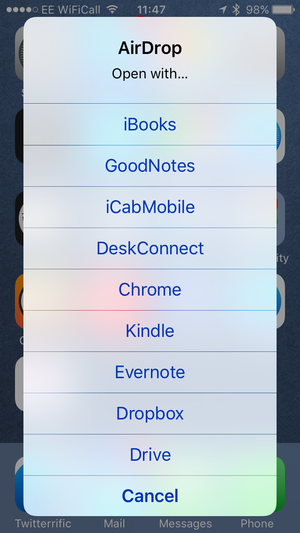

As your Macs are already likely to be connected to a local network, for many the only change required is to set up and enable File Sharing. Pros & cons: the standard for those who need to move files around on a more regular basis. Often the easiest is to select the Network item in the sidebar, and connect from there. Then on the other Mac, use any means in the Finder, etc., to connect to that. How to turn it on: once configured, tick the File Sharing item in the Sharing pane. These are simple if this is for the same user on different Macs, but gets more complicated with different users. You must also make at least one of them a File Sharing server in the Sharing pane, add shared folders, and designate users. That network interface must be configured so that the two Macs can ‘see’ one another over the network. Connections can be over any interface supported by the Network pane, commonly including Wi-Fi, wired Ethernet, or Thunderbolt. What you need: both Macs have to be connected to the same local network, or networks which are connected to one another, e.g. If your Macs are somewhere fairly public, or in an open-plan office, beware of letting anyone AirDrop files onto your Mac, as it could be used maliciously. If you want to avoid the latter, compress the files first using Cormorant, and decompress them on receipt, as Cormorant automatically strips any quarantine flags during decompression. It doesn’t require turning File Sharing on, but transferred files end up in your Downloads folder, complete with quarantine flags set. Although very convenient for a few files, it’s just about the slowest of these methods, with transfer rates around 40 MB/s between recent Mac models. Pros & cons: easy to leave on all the time, as Bluetooth and Wi-Fi are also required for Handoff features. You can also set these in a Finder window using the AirDrop item in the sidebar. How to turn it on: in the Control Centre, where you also determine who can use it to send you files. They don’t need to be connected to any network, nor to iCloud. Both need to have Bluetooth and Wi-Fi turned on. On the same desk is good, in the next room is likely to fail. What you need: the Macs need to be close enough to one another for Bluetooth to connect. This article provides a brief summary of the most popular ways of transferring files from one Mac to another in the same location.

If you’ve more than one Mac, there will come the time that you need files from one on the other.


 0 kommentar(er)
0 kommentar(er)
